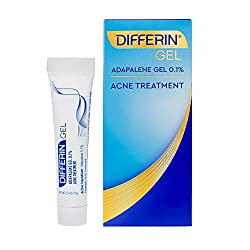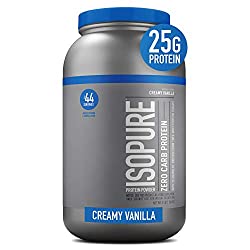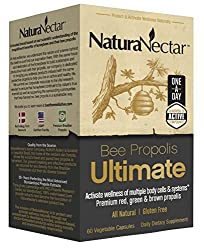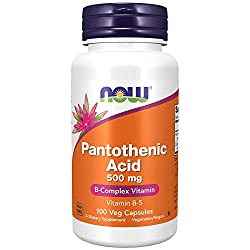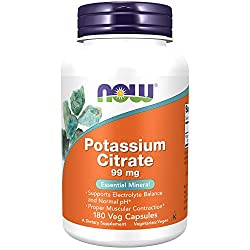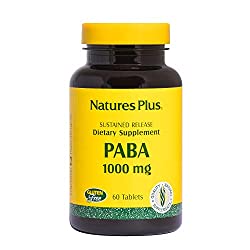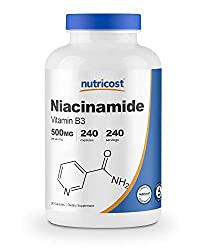Retinoic Acid Topically Always consult your primary physician when starting a nutrition program with Retinoic Acid Topically. Retinoic acid (used simplified here for all-trans-retinoic acid) is a metabolite of vitamin A1 (all-trans–retinol) that mediates the functions of vitamin A1 required for growth and development. All-trans-retinoic acid is required in chordate animals, which includes all higher animals from fish to humans. During early embryonic development,… Continue reading Nutrient Profile – Retinoic Acid Topically
Category: Nutrient Profile
Nutrient Profile – Pulser And Parasite Therapy
Pulser And Parasite Therapy Always consult your primary physician when starting a nutrition program with Pulser And Parasite Therapy.
Nutrient Profile – Proteins
Proteins Always consult your primary physician when starting a nutrition program with Proteins.
Nutrient Profile – Protein
Protein Always consult your primary physician when starting a nutrition program with Protein.
Nutrient Profile – Propolis
Propolis Always consult your primary physician when starting a nutrition program with Propolis. Propolis is a resin-like material made by bees from the buds of poplar and cone-bearing trees. Propolis is rarely available in its pure form. It is usually obtained from beehives and contains bee products. Bees use propolis to build their hives. Propolis is… Continue reading Nutrient Profile – Propolis
Nutrient Profile – Period Of Protein Deficinecy
Period Of Protein Deficinecy Always consult your primary physician when starting a nutrition program with Period Of Protein Deficinecy.
Nutrient Profile – Pantothenic Acid
Pantothenic Acid Always consult your primary physician when starting a nutrition program with Pantothenic Acid. Pantothenic acid (also known as vitamin B5) is an essential nutrient that is naturally present in some foods, added to others, and available as a dietary supplement. The main function of this water-soluble B vitamin is in the synthesis of… Continue reading Nutrient Profile – Pantothenic Acid
Nutrient Profile – Potassium
Potassium Always consult your primary physician when starting a nutrition program with Potassium. Potassium is a mineral that’s crucial for life. Potassium is necessary for the heart, kidneys, and other organs to work normally. Why do people take potassium? Most people who eat a healthy diet should get enough potassium naturally. Low potassium is associated with a risk… Continue reading Nutrient Profile – Potassium
Nutrient Profile – PABA
PABA Always consult your primary physician when starting a nutrition program with PABA. Para-aminobenzoic acid (PABA) is a chemical that occurs naturally in the body. It is also found in several foods including grains, eggs, milk, and meat. PABA is taken for a disease that causes curved, painful erections (Peyronie disease), a rare autoimmune disorder that causes skinblisters (pemphigus), hardening… Continue reading Nutrient Profile – PABA
Nutrient Profile – Nicotinamide
Nicotinamide Always consult your primary physician when starting a nutrition program with Nicotinamide. There are two forms of vitamin B3 – niacin and niacinamide. Niacinamide is found in many foods including yeast, meat, fish, milk, eggs, green vegetables, beans, and cereal grains. Niacinamide is also found in many vitamin B complex supplements with other B vitamins. Niacinamide can also be… Continue reading Nutrient Profile – Nicotinamide

